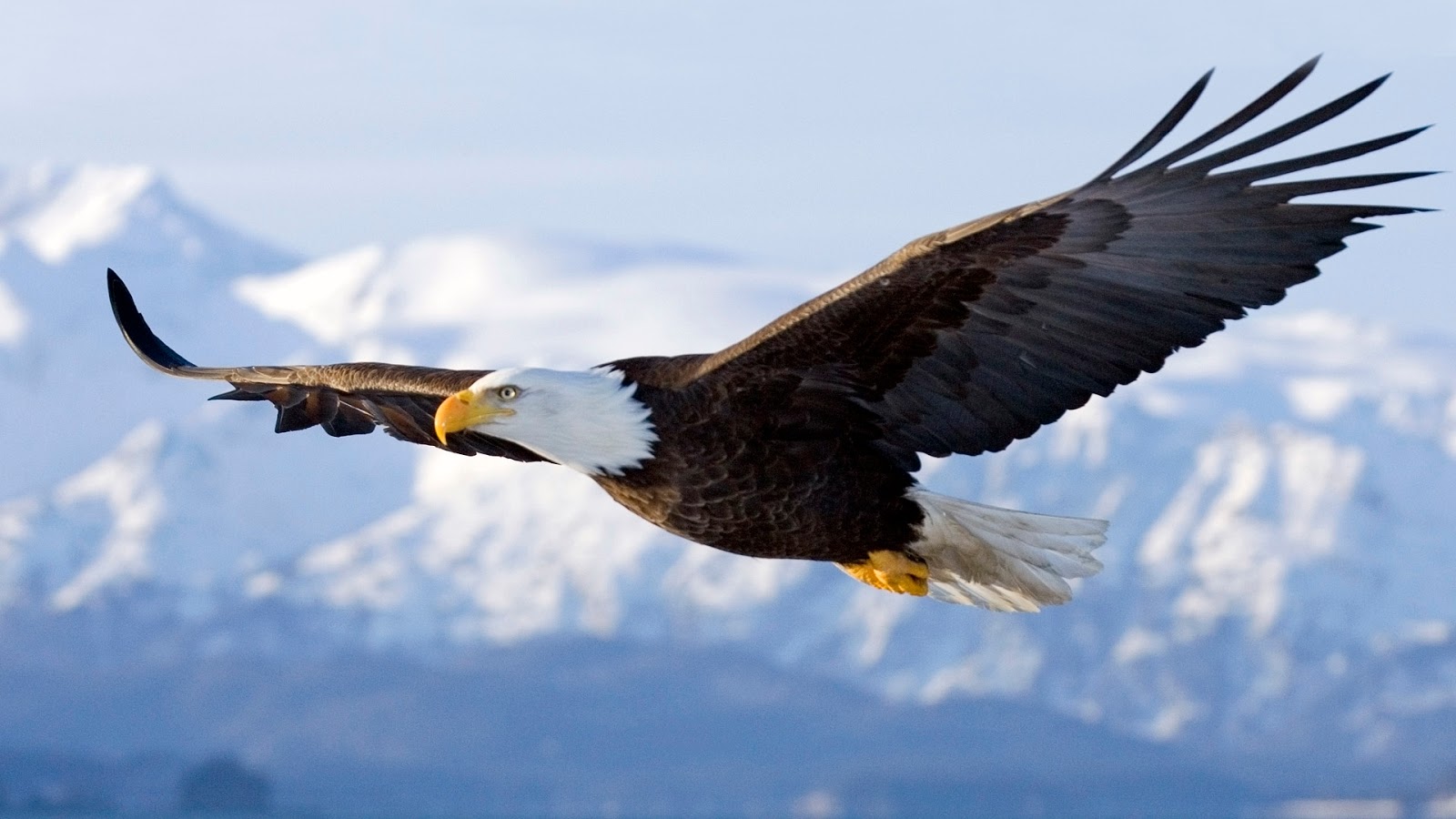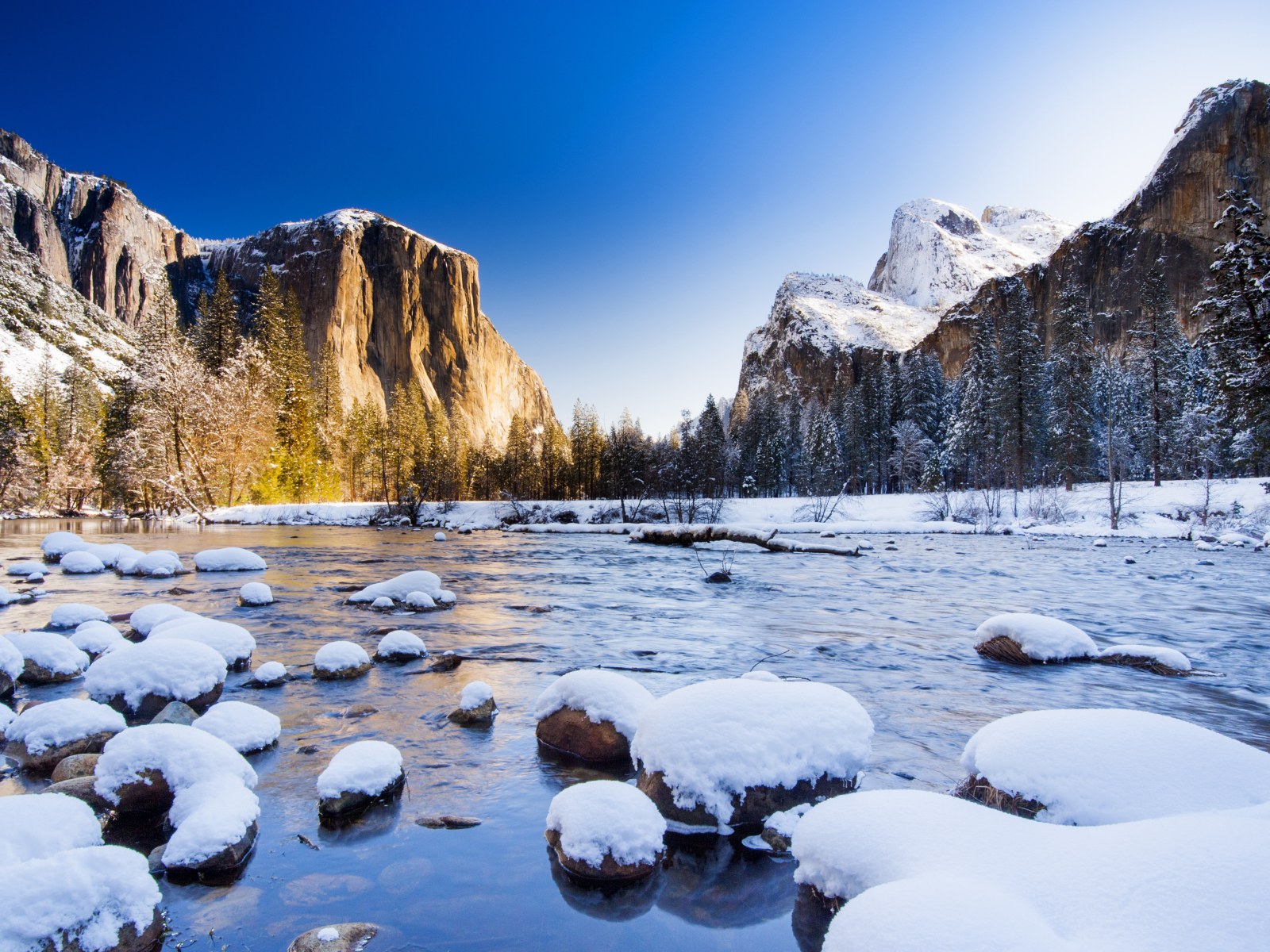Flora and Fauna of Washington State: Unique Species and Wildlife Watching Sites
Washington State is known for its stunning natural scenery and rich biodiversity. In this state, you will find mountains, lakes, rivers, forests, and coastlines that are home to a variety of animals and unique plants. The nature of Washington State is thriving and protected. Residents and tourists are provided with many opportunities to observe wildlife. In this article, we’ll look at Washington’s major natural areas, unique flora and fauna, and the best places to see wildlife.
Natural Areas of Washington State
Mountain Areas

Washington State is home to two major mountain systems: the Cascade Mountains and the Olympic Mountains. These mountainous areas offer a variety of landscapes, from snow-capped peaks to dense forests and alpine meadows.
Forests

Washington State’s forests include old-growth forests dominated by Douglas-fir, western cedar, and western Hemlock. These forests play an important role in maintaining the region’s biodiversity and ecological balance.
Coast
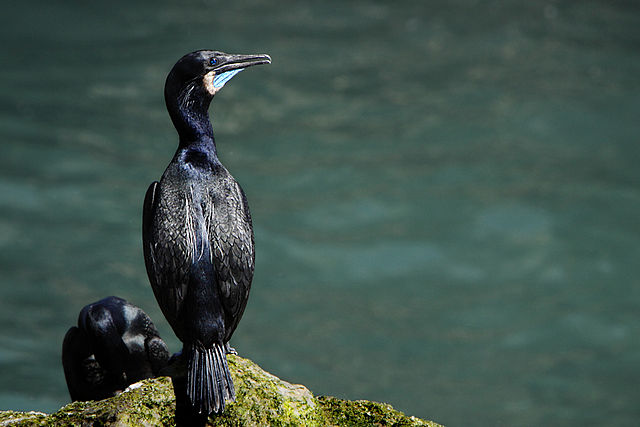
Washington’s coastline along the Pacific Ocean offers unique ecosystems including dunes, estuaries, and coastal forests. These areas are important habitats for many species of birds and marine animals.
Plains and Valleys
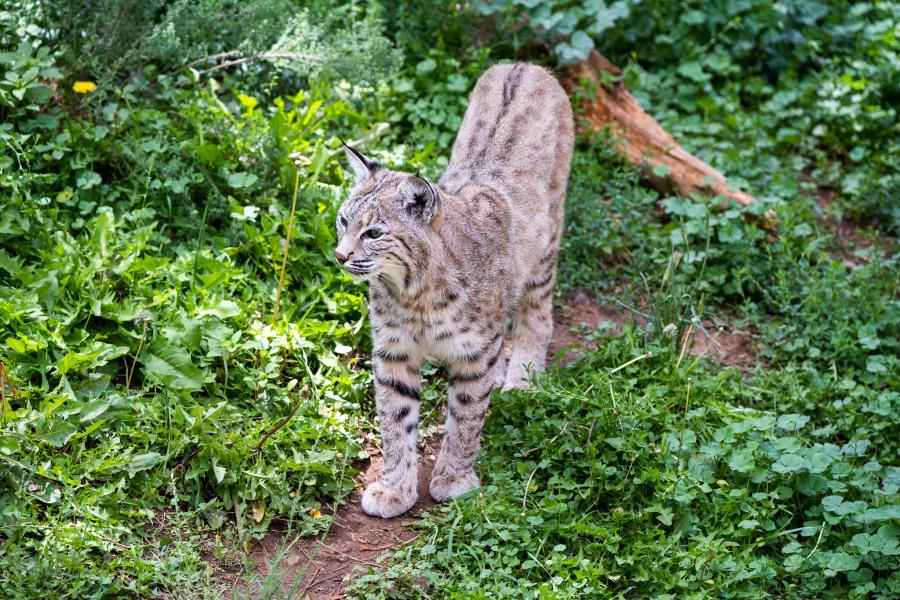
Washington’s plains and valleys are characterized by mild climates and fertile soils, making them ideal for a variety of plants.
Aquatic Ecosystems

Washington is rich in rivers, lakes, and reservoirs that serve as important habitats for fish and other aquatic organisms.
Washington State’s unique flora
Mountain Areas
Washington State’s mountainous areas, including the Cascade and Olympic Mountains, are unique ecosystems with diverse flora. These high elevation areas include alpine meadows, subalpine forests, and rocky peaks that are home to a variety of plant species, many of which are adapted to the harsh conditions of the high mountains.
Alpine meadows

Alpine meadows are located above the forest edge and are characterized by herbaceous plants, flowers, and low-growing shrubs.
- Buttercups (Ranunculus spp.): Found in wet areas and marshes.
- Alpine asters (Aster alpigenus): Bloom in late summer, forming colorful carpets.
- Veronicas (Veronica spp.): These small flowering plants adorn meadows with their blue and purple flowers.
Subalpine forests
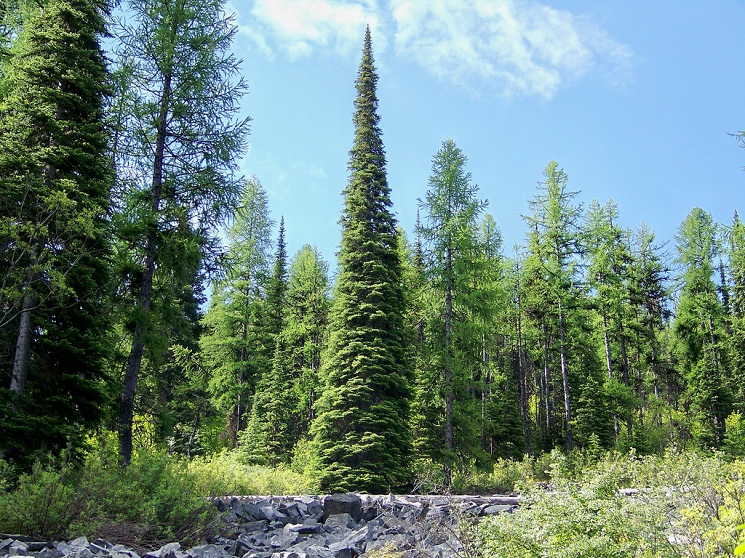
Subalpine forests are located below alpine meadows and include trees and shrubs that can survive short growing seasons and harsh winters.
- Subalpine fir (Abies lasiocarpa): A tree with a narrow crown and short needles, often found at elevations between 1,500 and 3,000 meters.
- Western white pine (Pinus monticola): A large tree with long needles and large cones, found at elevations from 1,200 to 2,100 meters.
- Western white pine (Tsuga mertensiana): A tree with a distinctive pyramidal crown and flat needles.
Rocky peaks and steep slopes
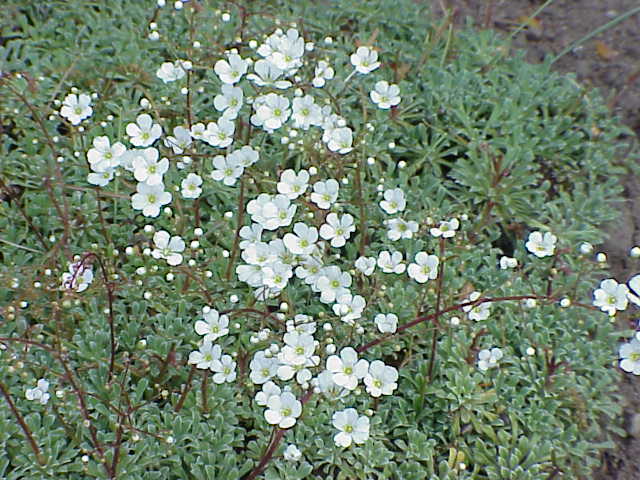
Above 2000 meters, where trees can no longer grow, there are low shrubs, mosses and lichens.
- Stonecrop (Saxifraga spp.): Small plants with brightly colored flowers that grow in rocky areas.
- Pillow plants (Silene acaulis): Form dense mats on rocks and rocky slopes.
- Alpine honeysuckle (Lonicera caerulea): A shrub with small white flowers and edible berries.
Protected Plant Species
Some plant species found in the mountainous regions of Washington State are endangered and in need of protection. Here are a few examples of such species:
Bolander’s lily (Lilium bolanderi)
Bolander’s lily (Lilium bolanderi)
- Description: This rare species of lily with bright orange flowers grows at an elevation of about 1,500 feet.
- Conservation Status: Protected species in Washington State due to range decline and habitat destruction.
Semi-shrub phlox (Phlox diffusa)
Semi-shrub phlox (Phlox diffusa)
- Description: This is a small plant with pink or white flowers that grows on rocky slopes and sandy soils.
- Conservation status: Vulnerable species due to climate change and human activities.
High mountain lunar (Lomatium martindalei)
High mountain lunar (Lomatium martindalei)
- Description: Perennial herbaceous plant with yellow flowers found in subalpine forests.
- Conservation status: Rare species in need of protection due to habitat destruction.
Snow stonecrop (Saxifraga nivalis)
Snow stonecrop (Saxifraga nivalis)
- Description: Small plant with white flowers growing on rocky peaks.
- Conservation status: Protected species, vulnerable due to climate change and tourist activities.
Forests
Washington State’s forests are diverse ecosystems, from wet rain forests in the west to dry forests in the east. These forests include a variety of plants, many of which are unique to the region.
Major plant species in Washington State’s forests
Wet forests of western Washington
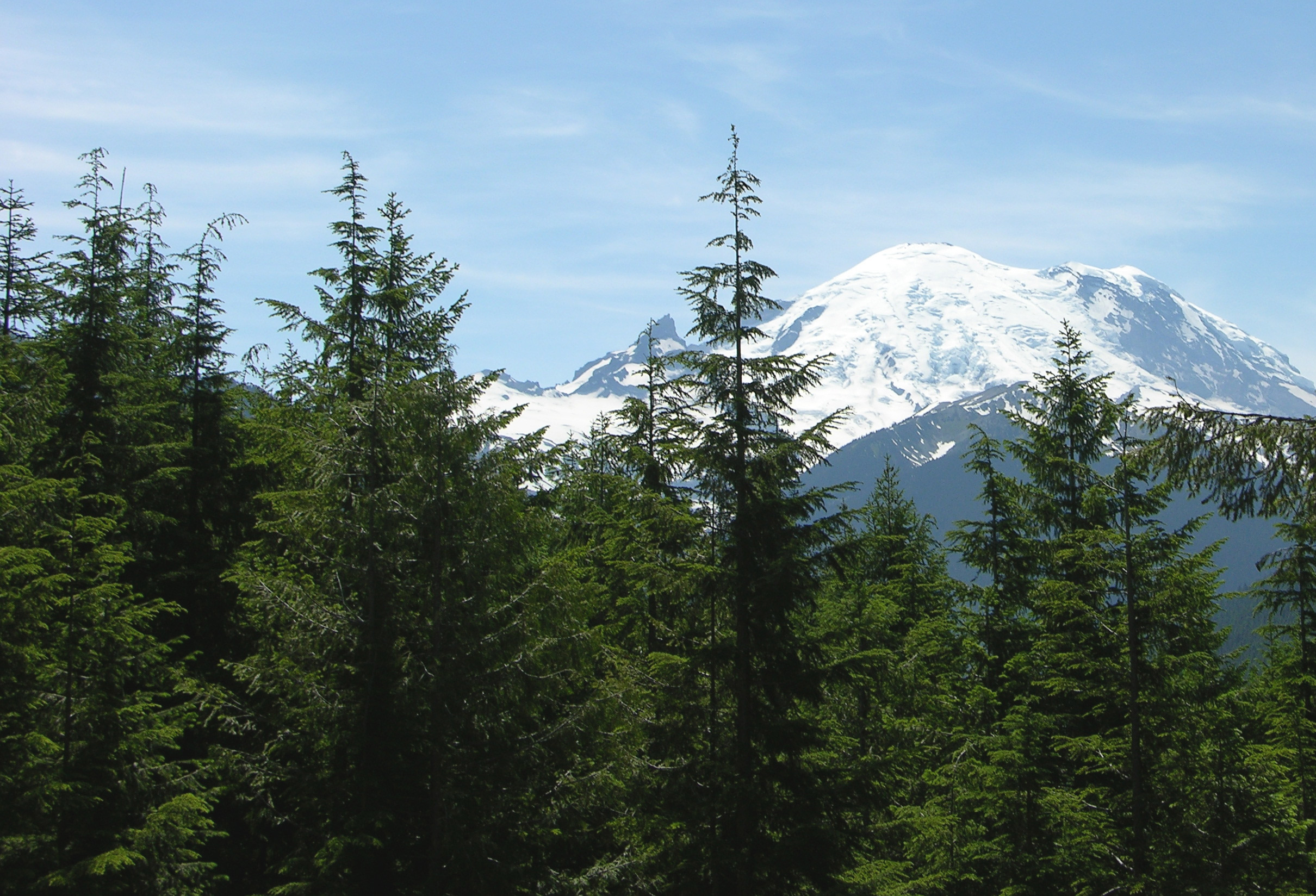
The western part of Washington State is known for its rainforests, which receive a significant amount of rainfall. These forests include giant trees and dense undergrowth.
- Western Hemlock (Tsuga heterophylla): Tall trees with dark green needles that are often found in rain forests.
- Western red cedar (Thuja plicata): Massive trees with reddish bark and flat branches that can live for hundreds of years.
- Douglas fir (Pseudotsuga menziesii): One of the most common trees in the region, reaching large sizes.
The dry forests of eastern Washington
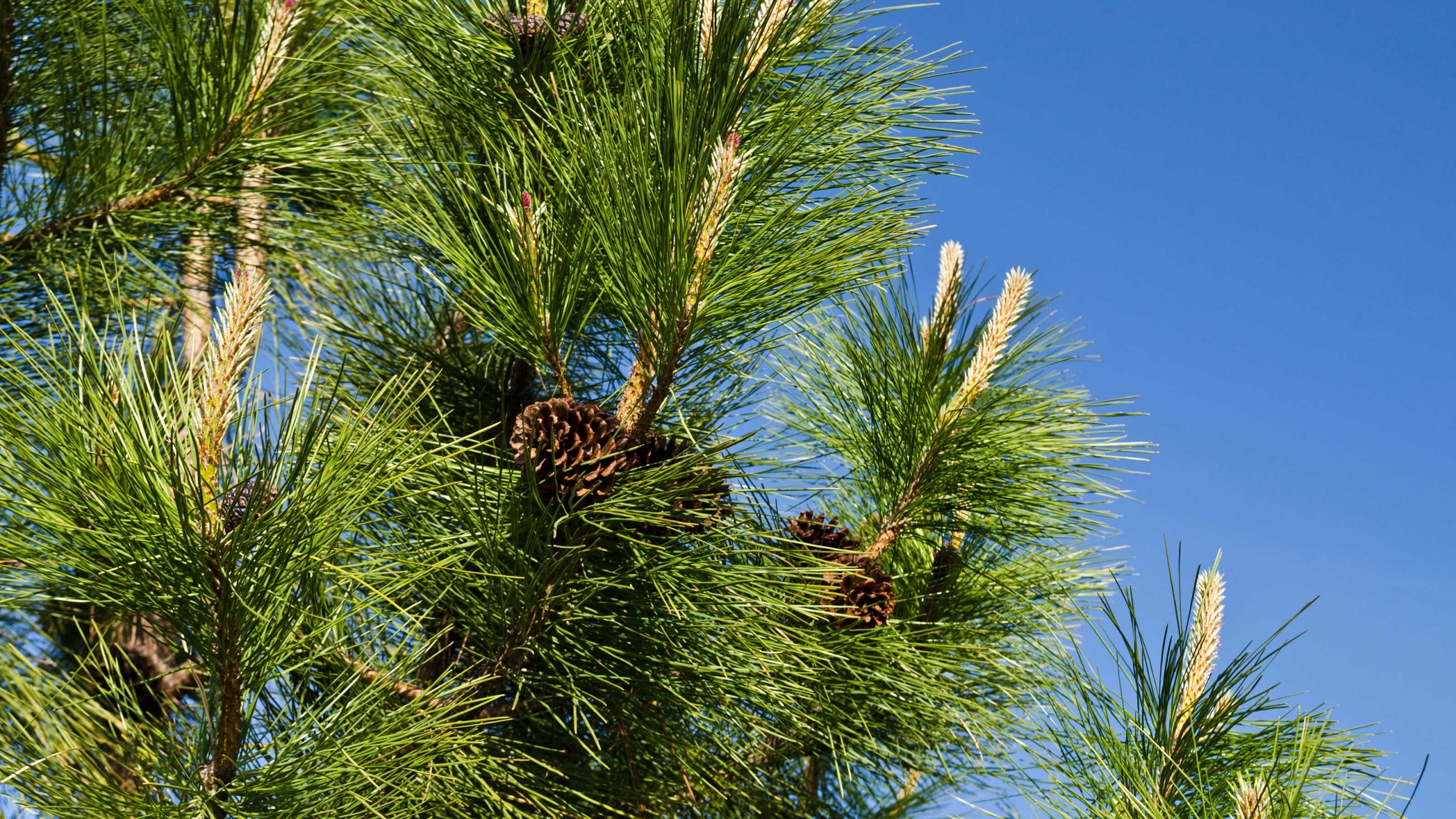
The eastern part of the state has a drier climate, which is reflected in the vegetation. Trees and shrubs adapted to less precipitation grow here.
- Yellow pine (Pinus ponderosa): Tall trees with long needles and thick bark that is resistant to fire.
- Western juniper (Juniperus occidentalis): Shrubs and small trees with distinctive fragrance and small leaves.
- Lambert pine (Pinus lambertiana): Large tree with long needles and large cones.
Undergrowth and herbaceous plants
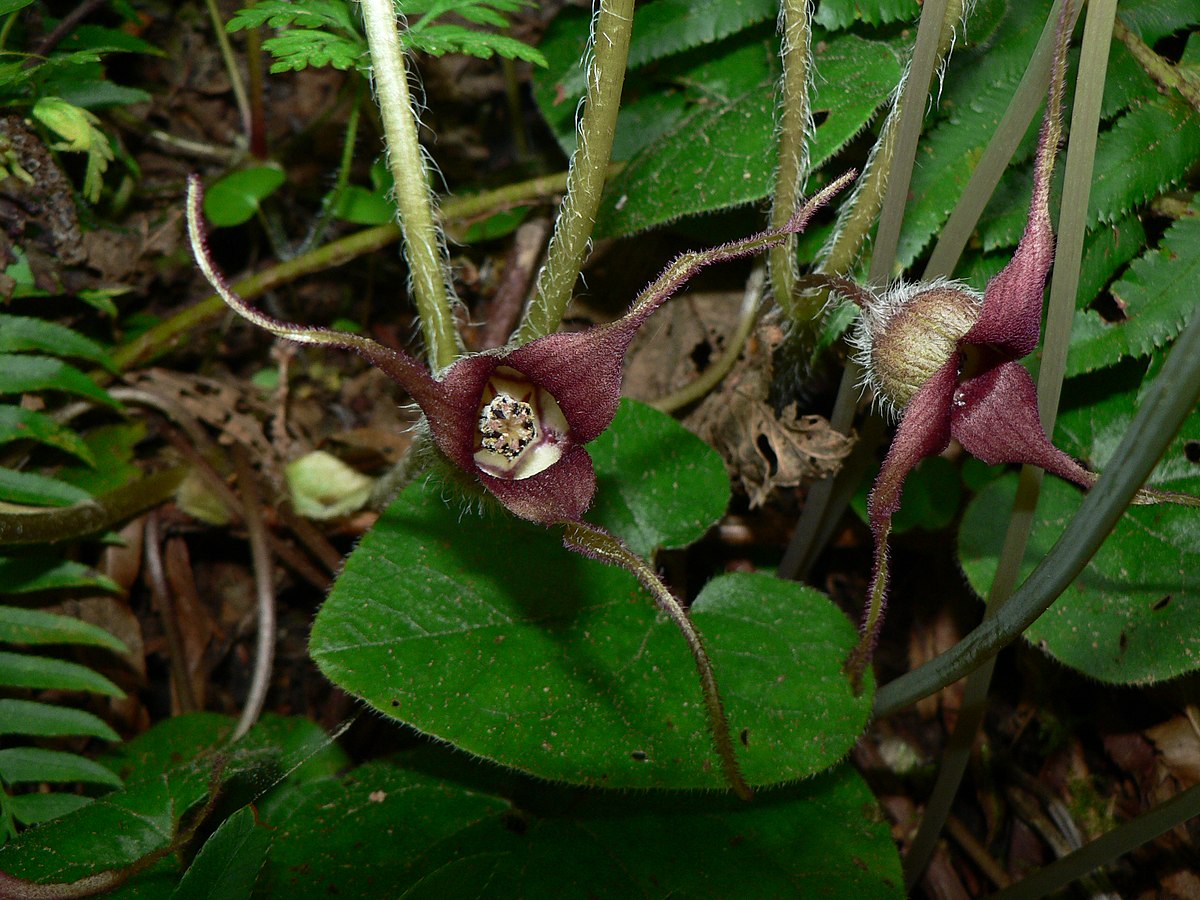
The undergrowth of wet and dry forests is also diverse and includes many shrubs, grasses, and ferns.
- Bearberry (Arctostaphylos uva-ursi): An evergreen shrub with red berries growing in the undergrowth.
- Vajda (Rhododendron macrophyllum): A shrub with large leaves and bright flowers characteristic of moist forests.
- Asarum caudatum: Low-growing plant with heart-shaped leaves and small flowers.
Protected plant species
Some plant species found in Washington State forests are endangered and need to be protected. Here are a few examples of such species:
Sarracenia purpurea (Sarracenia purpurea)
Sarracenia purpurea (Sarracenia purpurea)
- Description: A predatory plant with bright red leaves that grows in swampy areas of moist forests.
- Conservation status: Protected species due to range reduction and habitat destruction.
Callipso orchid (Calypso bulbosa)
Callipso orchid (Calypso bulbosa)
- Description: Small orchid with bright pink flowers growing in shady forests.
- Conservation Status: Vulnerable species due to changes in the ecosystem and human activities.
Western fern (Adiantum pedatum)
Western fern (Adiantum pedatum)
- Description: A fern with graceful, fan-shaped leaves found in moist forests.
- Conservation status: Rare species in need of protection due to habitat destruction.
Venus’s slipper (Cypripedium montanum)
Venus’s slipper (Cypripedium montanum)
- Description: Large orchid with white and pink flowers growing in forests at altitudes of 600 to 1200 meters.
- Conservation status: Protected species, vulnerable due to climate change and tourist activities.
Coast
Washington State’s coastline is a unique ecosystem with a variety of plant species adapted to the salty environment, winds, and humid climate. Both coastal dunes and salt marshes can be found here, each with its own characteristic plant species.
Major plant species along the coast of Washington State
Coastal dunes

Washington State’s coastal dunes are important ecosystems that support a diversity of flora and fauna. Plants here are adapted to the sandy soil and salty winds.
- American sand swale (Atriplex patula): A succulent plant with fleshy leaves that is often found on dunes.
- Sand carrot (Daucus pusillus): A small plant with umbrella-like inflorescences that grows in sandy soils.
- Sea creeper (Convolvulus soldanella): A low-growing plant with large flowers that creeps over sand.
Salt marshes and salt marshes
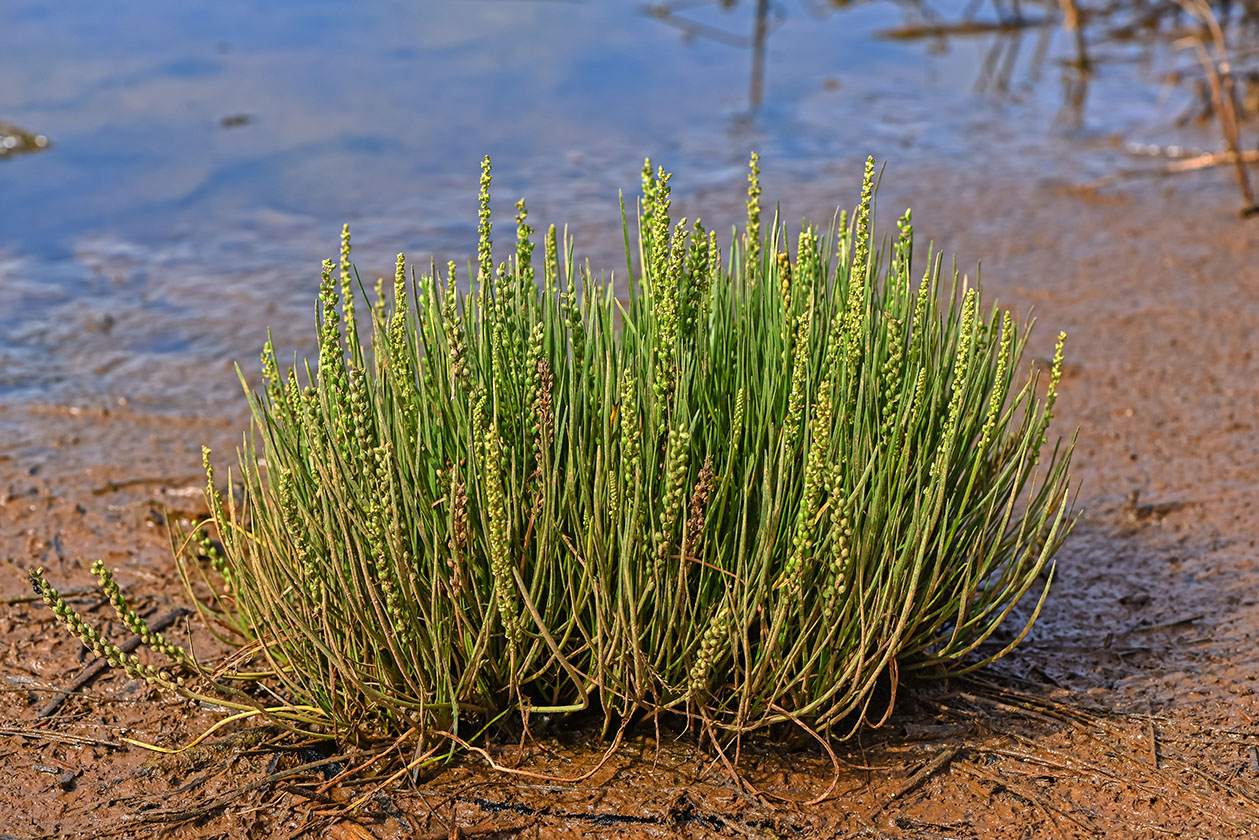
Salt marshes and salt marshes are unique ecosystems where plants tolerant of high soil and water salinity grow.
- Saltbush (Salicornia virginica): A succulent plant that forms dense thickets on salt marshes.
- Triglochin (Triglochin maritima): Perennial plant with narrow leaves and long inflorescences.
- Sea grass (Zostera marina): An aquatic plant that forms underwater meadows in coastal bays and estuaries.
Coastal forests and shrublands
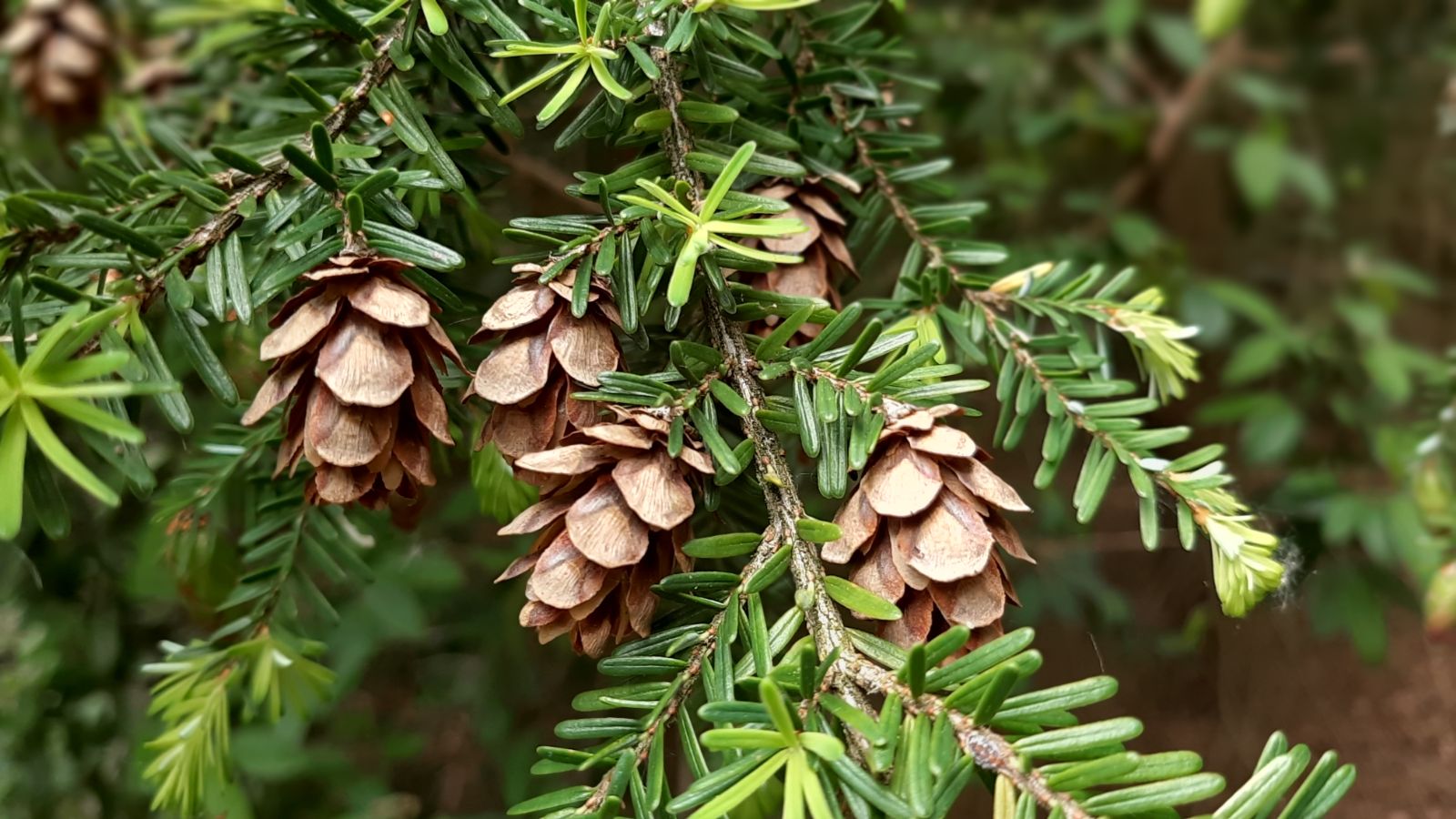
Coastal forests and shrublands include many plants that tolerate salty winds and humid climates.
- Western Tsuga (Tsuga heterophylla): Tall trees with dark green needles that are often found in coastal forests.
- Western red cedar (Thuja plicata): Massive trees with reddish bark and flat branches.
- Shrubby willow (Salix hookeriana): A shrub that grows along riverbanks and in swampy areas.
Protected Plant Species
Some plant species found along the coast of Washington State are endangered and in need of protection. Here are a few examples of such species:
Picea fir (Picea sitchensis)
- Description: A large coniferous tree that grows along the coast and is an important element of coastal forests.
- Conservation Status: Vulnerable species due to deforestation and climate change.
American huckleberry (Vaccinium macrocarpon)
American huckleberry (Vaccinium macrocarpon)
- Description: Small shrub with small red berries growing in bogs and wet meadows.
- Conservation status: Protected species due to reduction of bog habitats.
Blue sea lavender (Limonium californicum)
Blue sea lavender (Limonium californicum)
- Description: Plant with blue flowers growing in salt marshes and salt marshes.
- Conservation status: Vulnerable species due to habitat destruction and sea level change.
Western fern (Adiantum aleuticum)
Western fern (Adiantum aleuticum)
- Description: A fern with graceful, fan-shaped leaves found in coastal forests.
- Conservation status: Rare species in need of protection due to habitat destruction.
The unique fauna of Washington State
Washington State is renowned for its diverse wildlife. Its mountains, forests, rivers, and coasts are home to numerous species of animals, many of which are protected due to the threat of extinction.
Washington State can be divided into several major natural areas, each with its own unique wildlife species:
Mountain Areas
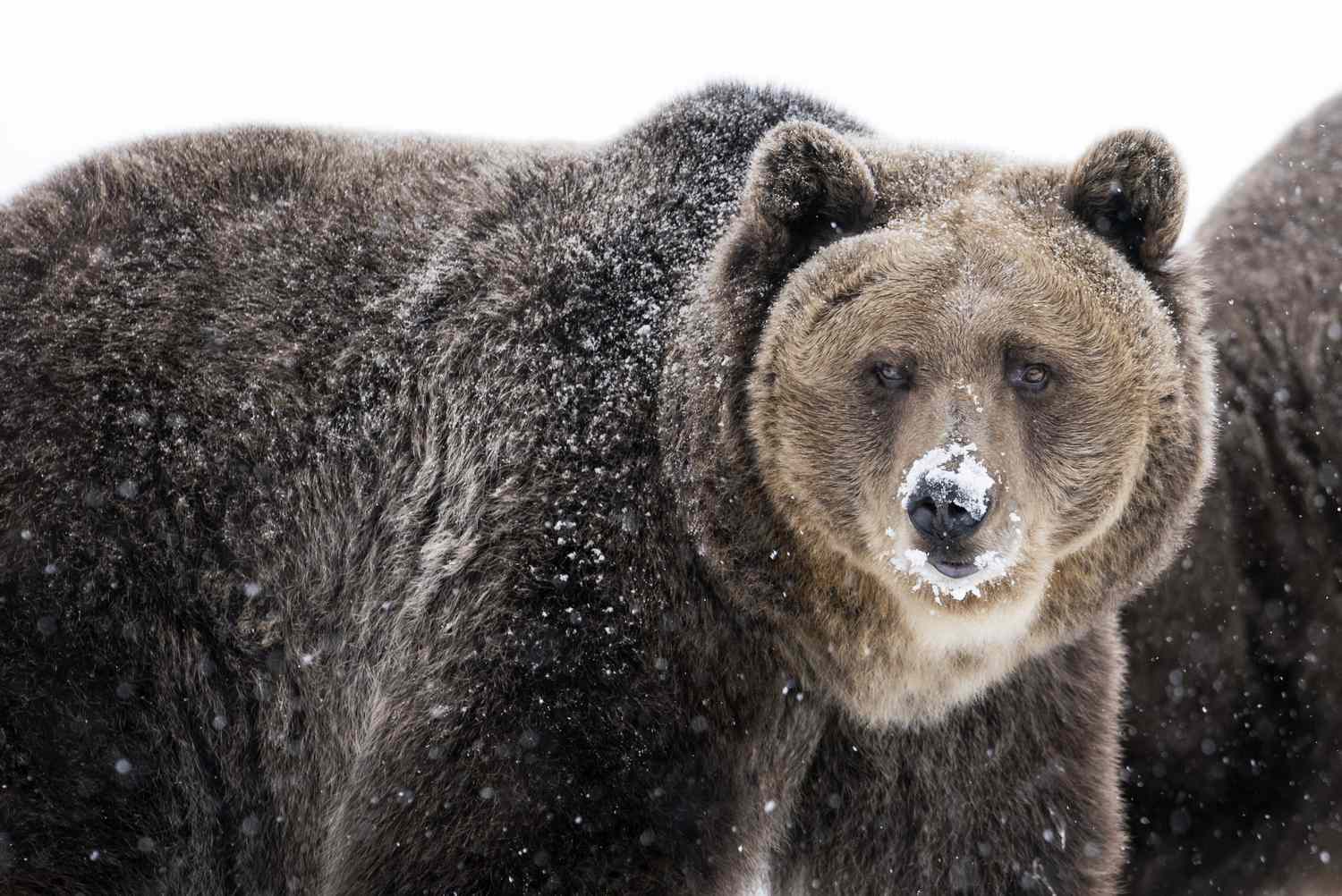
The mountainous areas of Washington State include the Cascade Mountains and the Olympic Range. These areas are characterized by high mountain meadows, dense forests, and snowy peaks.
Major animal species
- Grizzly (Ursus arctos): Grizzlies are primarily found in the northern parts of the Cascade Mountains and are one of the symbols of the state’s wildlife.
- Mountain goat (Oreamnos americanus): Often found on high mountain slopes, it can be seen on rocky bluffs.
- Northern spotted deer (Odocoileus hemionus sitkensis): Resides in forested mountainous areas and feeds on shrubs and grasses.
Protected species
- Canada lynx (Lynx canadensis): Endangered due to habitat loss.
- Snow lamb (Ovis canadensis): Protected due to population declines.
Forests

Washington State’s forests cover a large portion of the state, including the wet forests of the west coast and the drier forests of the eastern areas.
Major animal species
- Black bear (Ursus americanus): Widespread throughout the state and prefers forested areas.
- Bobcat (Lynx rufus): A predator that inhabits forests and shrublands.
- Procyon lotor: Often found in forests and near water bodies and is nocturnal.
Protected species
- Western Spotted Owl (Strix occidentalis caurina): Vulnerable species threatened by deforestation.
- Red wolf (Canis rufus): One of the rarest wolf species in the world, strictly protected.
Coast

Washington State’s coastline includes coastal dunes, salt marshes, and marine ecosystems.
Major animal species
- Navy SEAL (Phoca vitulina): Often found on coasts and rocky islets.
- Orca (Orcinus orca): A well-known marine mammal that lives in coastal waters.
- Reindeer (Rangifer tarandus): Occurs in coastal areas and marshlands.
Protected species
- Sea otter (Enhydra lutris): Vulnerable species threatened by poaching and water pollution.
- Western sea turtle (Dermochelys coriacea): A rare turtle species found in coastal waters.
Rivers and Lakes
Washington State’s rivers and lakes provide habitat for many species of fish and waterfowl.
Major species
- Salmon (Oncorhynchus spp.): An important fish species that migrates to the state’s rivers to spawn.
- River otter (Lutra canadensis): Often found along rivers and lakes and leads a semi-aquatic lifestyle.
- Mallard (Anas platyrhynchos): A widespread waterfowl that inhabits freshwater bodies.
Protected species
- Noble fish (Acipenser transmontanus): One of the largest freshwater fish species threatened by overfishing.
- American black turtle (Emys marmorata): A rare turtle species found in freshwater bodies of water.
Best places to see wildlife
North Cascades National Park
This park is known for its spectacular mountain scenery and diverse flora and fauna. Black bears, deer, and many species of birds can be seen here.
Olympic National Park
This park is home to old-growth forests, mountains, and coastline. It is home to many unique plant and animal species, including the spotted owl and black bears.
Mount Rainier National Park
It is home to species such as moose, bears, and white-headed eagles. The park is also known for its flowering alpine meadows and dense forests.
Monument Rock National Wildlife Refuge
Monument Rock National Wildlife Refuge
This preserve is a great place for bird watching, including gray herons and various species of ducks.
Hanford Reach National Wildlife Refuge
Hanford Reach National Wildlife Refuge
Rare and endangered animals such as grizzlies and spotted owls can be seen here.
Nisqually Preserve
This preserve on the coast of Puget Sound is a great place to see waterfowl and other coastal wildlife.
Washington State offers unique opportunities to observe wildlife and enjoy the beauty of the environment. Whether you’re interested in flora or fauna, you’ll find plenty of amazing places to explore and enjoy the outdoors.
Washington State’s appeal for relocation
Washington State offers a high standard of living, excellent educational and healthcare facilities, and a variety of outdoor activities. Natural attractions and rich biodiversity make it an ideal place to live and work.
Our moving company is ready to help you with your relocation needs
If you have decided to relocate to Washington State, our moving company is ready to take care of all the worries associated with the process. We provide a full range of services, including packing and transportation of your belongings, to make your move as comfortable and carefree as possible. Contact us and we will help you make this important step easy and pleasant.
Contact us in any way:
Telephone: (800) 881-1048
E-mail: estimate@absoluterelocationservices.com
Website: https://absoluterelocationservices.com


